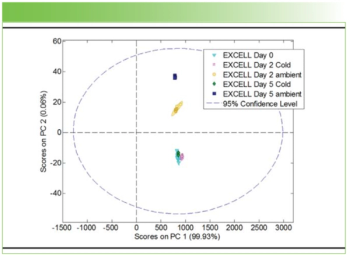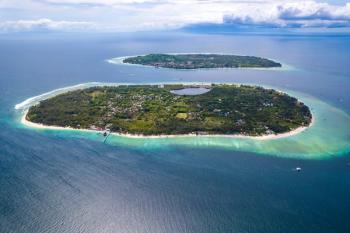
Surgeons Use Fluorescence Spectroscopy During Brain Tumor Resection
An optical touch pointer (OTP) that uses fiber-optic fluorescence spectroscopy distinguishes between healthy tissue and malignant brain tumor tissue.
A newly developed optical touch pointer (OTP) that uses fiber-optic fluorescence spectroscopy was used to distinguish between healthy tissue and tumor tissue during resection of malignant brain tumors.
Johan C.O. Richter, M.D., and colleagues in the Department of Biological Engineering at Linkoping University (Linkoping, Sweden) evaluated the OTP with nine patients undergoing standard resection for possible glioblastoma multiforme — highly malignant primary brain tumors with no defined borders and invisible marginal zones. The OTP, when used alongside an ultrasonic navigation system, assists in delineating the resectable tumor tissue. After patients are administered 5-amino-labulin acid, the tumor accumulates protoporphyrin IX (PpIX), which results in fluorescence peaks that can be observed and recorded with ultraviolet light.
Surgeons operated on the patients using standard procedures, comparing the fluorescence ratios obtained by the OTP with biopsies, ultrasound images, and optical measurements. Richter and his colleagues determined that the OTP could successfully distinguish between healthy tissue and tumor tissue. The fluorescence ratio, at zero outside the tumor, grew gradually through the gliotic edema and marginal zones, reaching its highest peak in the solid tumor tissue. The ratio returned to zero in the necrotic tissue of the tumor’s center.
“With the OTP, PpIX fluorescence can be used in combination with ultrasound-based navigation and may help to determine whether to resect otherwise not identifiable tissue,” the writers concluded in the January 2011 issue of Lasers in Surgery and Medicine.
Newsletter
Get essential updates on the latest spectroscopy technologies, regulatory standards, and best practices—subscribe today to Spectroscopy.




